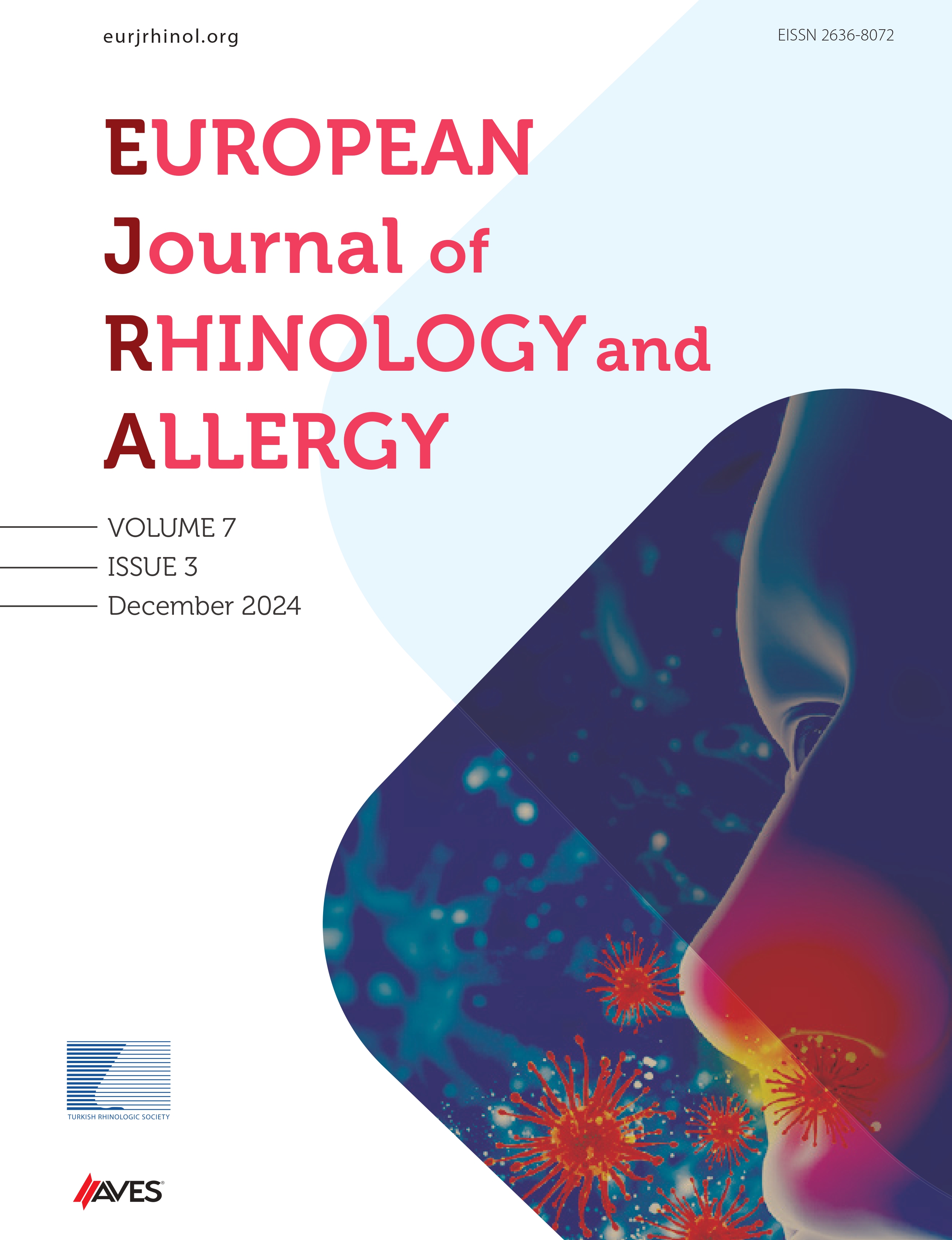Objective: The etiology of primary nasolacrimal duct (NLD) obstruction is unknown; however, sinonasal pathologies may have a role in the development of NLD. This case-control study aimed to identify whether sinonasal pathologies were indeed associated with NLD obstruction.
Material and Methods: Fifty-one patients who underwent unilateral primary endonasal endoscopic dacryocystorhinostomy (DCR) were included in the study. The frequency of sinonasal pathologies was compared between patients who underwent DCR and a control group of patients who did not undergo NLD. In addition, patients with and without recurrence after DCR were compared on the basis of their accompanying simultaneous nasal surgical procedures.
Results: The two groups were similar when compared in terms of sinonasal pathologies, as determined via tomography (p>0.05). Sinonasal surgery and DCR had been performed simultaneously on 31.3% of the patients. Evaluation at the 1-year follow-up showed that 44 (86.3%) patients had complete recovery, whereas 7 (13.7%) had recurrence. Simultaneous sinonasal correction surgeries were performed in 2 (28.5%) of the 7 patients with recurrence and in 14 (31.8%) of the 44 patients without recurrence. No statistically significant difference was found between these groups in terms of simultaneous nasal surgery (p>0.05).
Conclusion: The frequency of sinonasal pathologies was not significantly different between controls and patients. Given that the endoscopic approach allows for the simultaneous correction of intranasal pathologies during DCR, the result of surgery is not associated with the presence of sinonasal pathologies; rather, it seems to be associated with the presence/absence of intervention for these pathologies.
Cite this article as: Kaplama ME, Ak S, Doblan A. Primary Endoscopic Dacryocystorhinostomy: Concomitant Sinonasal Pathologies, Either Cause of Disease/or Cause of Recurrence. Eur J Rhinol Allergy 2020; 3(3): 59-63.

.png)

.png)